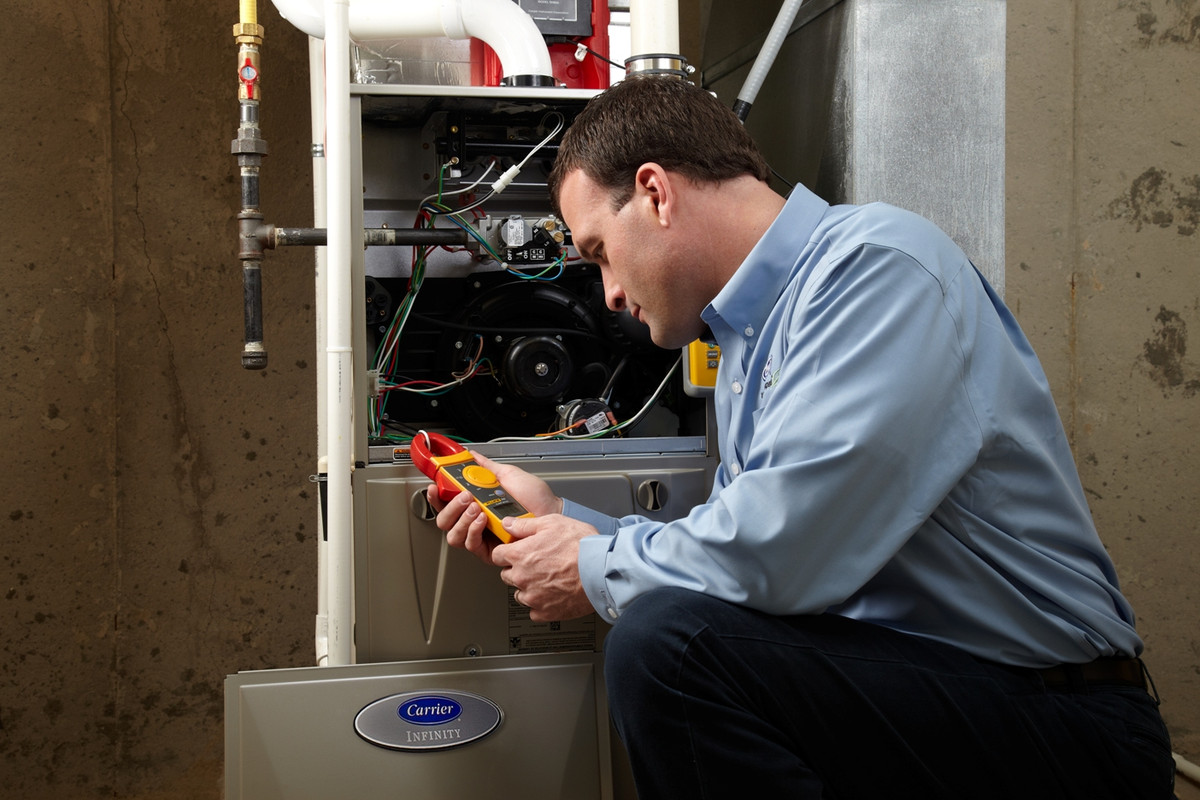Air Conditioning 101 - How Central Air Units Operate in Edmonton, ABPosted by Avelina on June 29th, 2021
Can you envision life without air conditioning? Sweltering heat waves that can melt the rubber on your shoes, cook an egg on the control panel of your cars and truck, and make it almost impossible to have a good night's rest-- sounds unpleasant! Let's face it, life without A/C wouldn't be the same. Did you know, that prior to the 20th century, ice was actually gathered for refrigeration? It was cut into 1-ton blocks, delivered throughout the country and utilized in 'ice-boxes' to keep food fresh. Thankfully today, refrigeration has been dramatically enhanced given that its introduction in 1834. By knowing how your house's A/C system works, you'll have the ability to make it run better and longer, and if it should break during the pet days of summertime, more positive finding a replacement. What is Central Air Conditioning? Given that the 1960s, main air conditioning systems have been the most typical design of cooling in America. Best characterized by the condenser system outside and ducts bring cool air throughout the home, a central air is sometimes described as a "split-system" due to the fact that the indoor and outside components are separated. How It Works Similar to how a sponge soaks up water, central air conditioning conditioners absorb the heat from inside the home and eject it outside through a process called "the refrigeration cycle." It's simple to comprehend how an air conditioning unit works when you see how the parts run together. Parts of an A/c System Divide into two parts; a system will contain an outside condenser system (below) and a coil housed on top of the heater or inside air handler. The outside condenser, which does the majority of the work, operates in tandem with the air handler/furnace that disperses the conditioned air into rooms of your house. The Refrigeration Cycle The cooling process starts when the thermostat spots the interior temperature has actually risen above the setpoint. It signifies the control board in the air handler and enters into action. 1) The internal blower draws in the hot, wet indoor air from the return ducts into the air handler/furnace cabinet to be conditioned. 2) Unclean air entering the cabinet first passes through an air filter that traps dirt and particles. 3) The tidy air then travels through the evaporator coil. Utilizing metal fins to increase its area, the evaporator coil extracts heat and wetness from the warm air as the air travels through it. The tidy, cool air is circulated throughout the home. 4) A set of copper tubes consisting of refrigerant, called a Line Set, link the indoor coil with the outside condenser. 5) The condenser dissipates the heat caught inside the line originating from the evaporator coil by biking it through its coils where a fan on top presses air to accelerate the process. The refrigerant is then compressed and takes a trip back to the indoor evaporator coil, where the cooling procedure continues. HEATING AND COOLING Cheat Sheet It's an excellent concept to familiarize yourself with the technical language used by HEATING AND COOLING professionals to understand your system when it comes to making repair work or buying a new unit. HEATING AND COOLING - Stands for heating, ventilation, and cooling. This acronym is used to categorize all devices utilized to control air temperature, humidity, and air quality. Split-System - In recommendation to parts of the system operating both inside your home and outdoors. In a split system, the condensing system is found outside. BTU - British Thermal Systems - a measurement of just how much heat can be eliminated from the air in an hour. Load - A measurement that refers to the cooling capability your unit can provide under regular conditions. 1 Lot amounts to around 12,000 BTU's. Tons are frequently utilized when sizing an unit for your home, which can be figured out based on the square video footage required to be cooled or heated up. Unequaled Proficiency Easily, the furnace, a/c, and electrical systems all work immediately, without us needing to fumble around in the basement or even worse, a hot attic. Up until something goes incorrect. Understanding your a/c system might appear overwhelming at first, once you have the fundamentals down, you'll have the ability to understand not just how your system air conditioning contractors edmonton works, however likewise understand lingo to make purchasing a replacement simple. Like it? Share it! |



